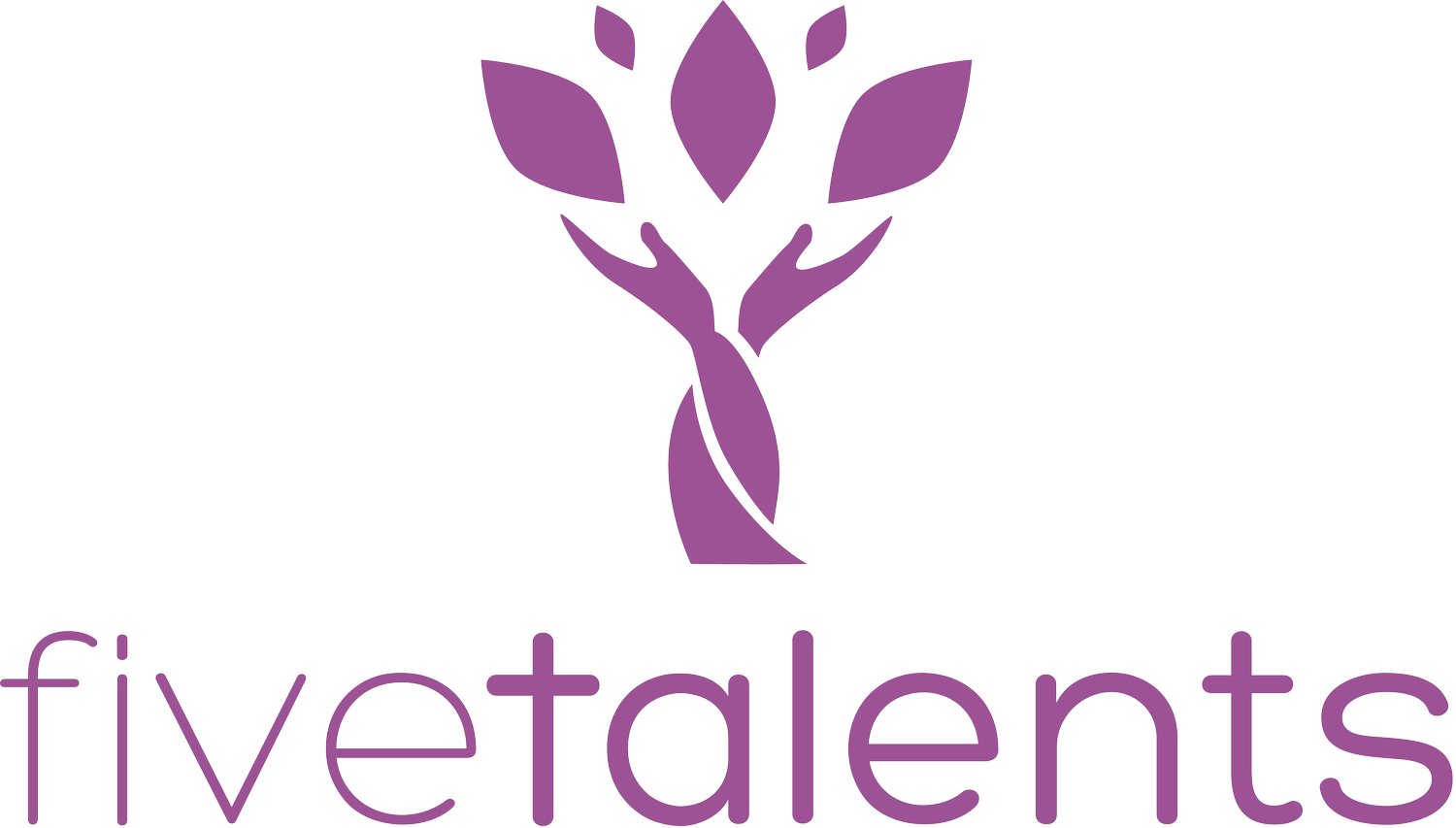Microfinance refers to a variety of financial services offered to the working poor. Microfinance products may include loans, savings, insurance, or other financial products and tend to be for very small amounts of money.
Microfinance has developed in recent years in an effort to provide financial services to those unreached by traditional banks. Today there are over 2.5 billion adults around the world who are unbanked.
In some parts of the world, commercial banks have not yet been established. In other communities, residents' income levels are too low to qualify to join a bank or traditional financial institution. Commercial banks generally don't have the capacity or the interest to administer small amounts of savings and loans, yet the poor have the desire and ability to save.
Microcredit Versus Savings-Led Microfinance
The first type of microfinance developed was microcredit, which provides small loans to the poor individually or in groups. Microcredit is one of the most popular forms of microfinance, but it has also come under heavy criticism. Five Talents does not use a credit-led approach to microfinance. Instead, our programs can be classified as Savings-Led Microfinance.
Savings-Led Microfinance involves financial literacy training as well as the creation of local savings groups and community banks. Rather than creating debt by offering loan capital up front, savings-led microfinance focuses on raising awareness, developing local resources, and building community savings. Once savings groups have matured they can then offer zero to low interest loans to their members from their savings pool.
For example, Elizabeth is a small business owner in a rural community in Bolivia. In her village there are no commercial banks and until recently Elizabeth had no opportunity to save or access loans. Alongside a group of friends, however, Elizabeth received training in savings-led microfinance and began setting aside savings on a weekly basis. Elizabeth saved a few dollars each month. After several months, the group's savings grew and members began to apply for loans. Elizabeth was approved for a $50 loan. She used the loan to expand her business and was able to pay it back over the course of several months. Meanwhile, Elizabeth's group continued to save and their savings pool grew, meaning that in the future members can apply for ever larger loans. Eventually an association of Elizabeth's and other savings groups may develop into a locally-owned community bank.
Learn more about solidarity group lending and our approach to savings-led microfinance.

